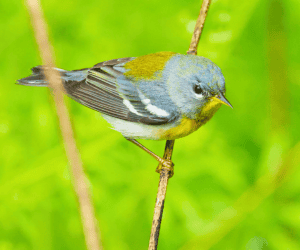
Late April in Northwest Arkansas brings a steady pulse of birdsong, leafing hardwoods, and a fascinating mix of southern and eastern bird species. Our four-day Reefs to Rockies trip, co-hosted with Wild Birds Unlimited, brought a group of Denver-based birders to this vibrant corner of the country—and it didn’t disappoint.
We kicked off the trip on a Saturday afternoon as guide Kyle Carlsen and Wild Birds Unlimited’s Karen Taylor, along with seven participants, arrived in Benton County. After a quick lunch, a scissor-tailed flycatcher greeted us in the parking lot. From there, we headed to a nearby nature center with a network of well-maintained trails. This gave us our first look at some classic eastern species we rarely see in Colorado: northern cardinal, red-shouldered hawk, eastern bluebird, eastern phoebe, and northern parula—our first warbler of the trip and a memorable one at that.
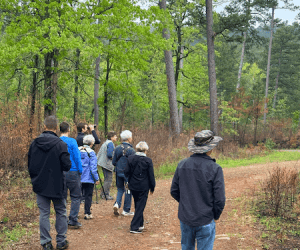
We continued south into the Ouachita Mountains and settled into the town of Waldron for the night. Sunday morning began well before sunrise with coffees in hand and a pre-dawn drive through the countryside. Standing alongside a rural church and cemetery, we listened to multiple chuck-will’s-widows and a whip-poor-will calling across the hills—an immersive start to the day. As the sky lightened, the dawn chorus picked up around us with cardinals, phoebes, and bluebirds joining in.
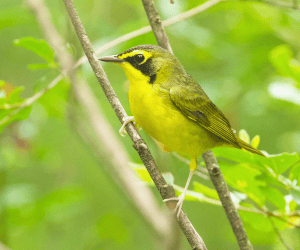
Much of the day was spent exploring the shortleaf pine–bluestem grass ecosystem, a fire-dependent habitat that supports a suite of regional specialties. Pine and prairie warblers were active and vocal. Indigo buntings were seemingly everywhere. We had strong showings of eastern towhees, red-headed woodpeckers, summer and scarlet tanagers, and a single brown-headed nuthatch. A highlight of the morning came with our first views of a Kentucky warbler, soon followed by a family group of red-cockaded woodpeckers—a threatened species highly specialized to this fire-managed pine woodland. A greater roadrunner along the roadside was a welcome bonus.
By midday we’d made our way north to Bentonville, which served as our base for the remainder of the trip. That evening, a relaxed walk along Coler Creek brought us one of the most atmospheric moments of the trip: a pair of barred owls caterwauling in the fading light.
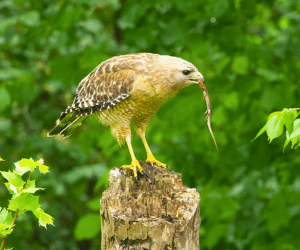
The next morning, we returned to Coler Preserve for a full morning of birding. Highlights included four species of hawks (sharp-shinned, broad-winged, red-shouldered, and red-tailed), three species of woodpeckers, five flycatchers—including olive-sided and an exceptionally cooperative Acadian—and many of the region’s expected forest birds like tufted titmice, Carolina chickadees, and Carolina wrens. A trio of male Baltimore orioles made an appearance, and we found ourselves surrounded by warblers once again: black-and-white, Nashville, northern parula, more Kentucky warblers, and multiple Louisiana waterthrushes singing along the creek. We wrapped up the morning with coffee and snacks at a small café nestled in the preserve—a perfect break after an active morning in the field.
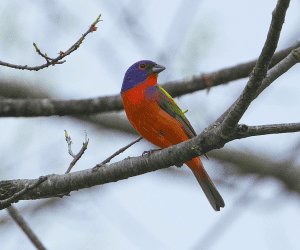
That afternoon we shifted to the trails around Lake Fayetteville, where painted buntings and pileated woodpeckers stole the show. We enjoyed pleasant weather throughout most of the trip, but rain moved in overnight and persisted into our final morning. Between passing thunderstorms, we ventured out for a few last birds and were rewarded with scissor-tailed flycatchers, brown thrashers in full song, yellow-billed cuckoos, and our best views yet of Louisiana waterthrushes—this time from above as they foraged along a stream. A final flyover great egret brought our trip total to 99 species before we packed up and headed to the airport.
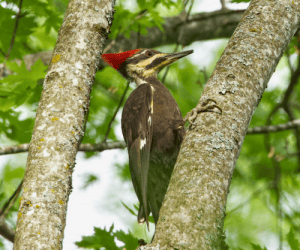
From pine savannas to urban preserves, this corner of the Ozarks offered a wide range of habitats and birdlife. With great company and a steady flow of memorable moments, Northwest Arkansas proved an excellent destination for spring migration birding. We can’t wait to return.